Dancing would cure depression
And if practicing a dance regularly, whatever it was, was an effective therapy against depression? This is the conclusion reached by several scientific researches.
Details of studies.
Rusty Frank tells the LA Times that doctors prescribed dance to their depressed patients and that people recovered from painful divorces through the practice of lindy hop or rock. Those who practice dance know that this activity makes happy : even when physically tired, it boosts mentally. Several studies have sought to find out the exact causes, by taking an interest in different dances.
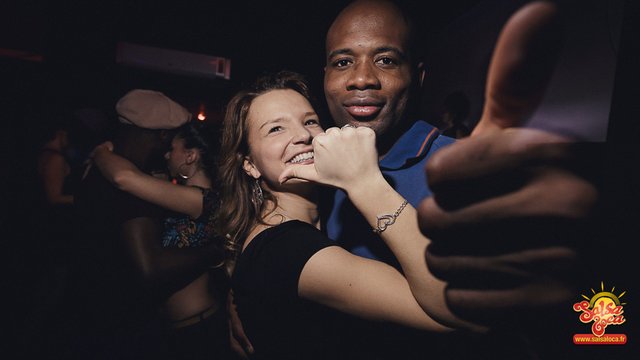
credit photo : siavach
Relaxation by the Argentinian tango
Rosa Pinniger, a researcher at the University of New England, wanted to know if the Argentinian tango could bring out depression by comparing it to meditation. For this, his study divided 66 people suffering from stress, anxiety or depression into three groups. One group participated in six weeks of tango classes, another six weeks of mindfulness meditation, and another, the control group, was simply followed to compare the results. It turned out that people who danced tango and those who practiced meditation had a decrease in their level of depression identical. The author suggests that the intense concentration required by the dance would interrupt the negative thinking pattern associated with stress and depression. She adds that if people can succeed in getting rid of their negative thoughts for just three minutes of tango, then they will realize that this freedom is possible.
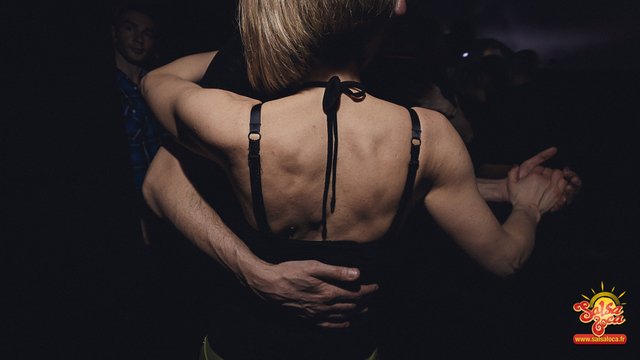
credit photo : siavach
Cynthia Quiroga Murcia, a researcher at the University of Goethe in Germany, has also studied the effects of the Argentinian tango, but from the hormonal point of view. 22 people were examined after dancing. Their levels of cortisol, a stress hormone, had decreased, while that of testosterone had increased. Music was involved in the first case, and the presence of partner in the second. Participants said they felt more relaxed and attractive.
Contemporary dance therapy, African or modern jazz
Swedish physiotherapist Anna Duberg focused on the effects of solo dance on 59 girls aged 12-18 with psychosomatic. The experience consisted of participating in a dance class twice a week. In addition to warm-up and footsteps, each course included a moment of free choreography focusing on the joy of the movement and not the performance. All participants were required to respond regularly to a lengthy evaluation questionnaire.
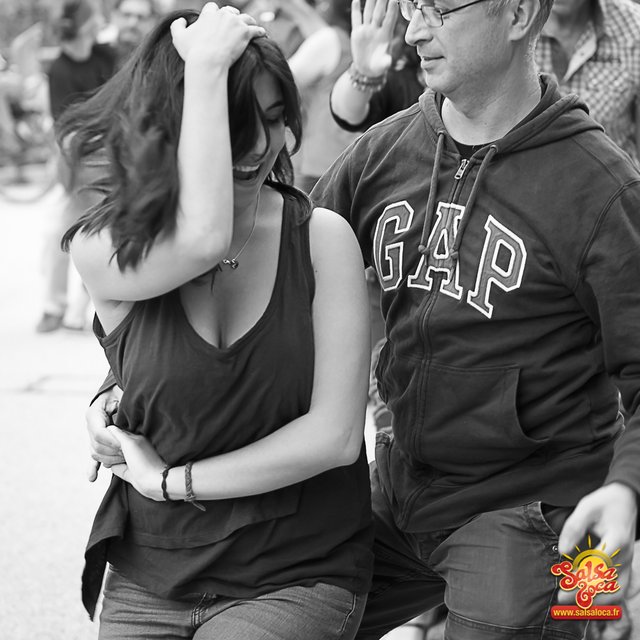
credit photo : siavach
After eight months, their condition improved compared to the group that did not participate in the courses. 91% of the dancers rated this experience as positive. A year later, the profits were still present. Anna Duberg describes dance as a way to promote positive thoughts and emotions, and to believe in her ability to face problems. Participating in physical activity when you are young, without competing with others, improves self-esteem. Dance can provide an opportunity to improve body perception and reduce stress-related imbalances.
Treatment by salsa classes
Matt Birks, a lecturer at the University of Derby in the UK, chose salsa for his study. He says he made this choice simply because it is a popular dance and thinks the results would have been identical with another dance. 24 people between the ages of 21 and 54 years, diagnosed with depression to varying degrees, some under antidepressant, were invited to participate in a one hour course every Wednesday afternoon for nine weeks. Improvements in their health were noticeable as early as the fourth week and were even clearer at the eighth. Four of them did not even have any symptoms of depression at the end. They said they felt happier and in better shape.
The researcher explains these results by the benefits of physical exercise, but also by social interactions, sharing experience, focusing on learning a new skill and self-confidence that dance brings. He acknowledged, however, that further study would be necessary given the low number of volunteers attending all courses.
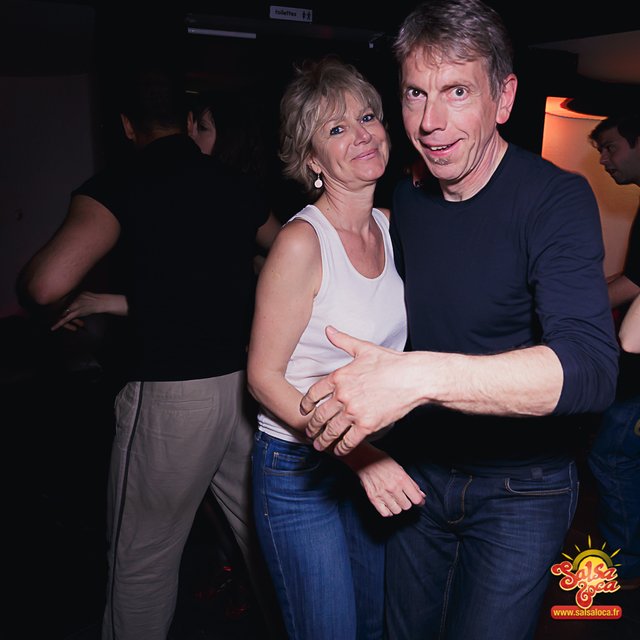
credit photo : siavach
An Intensive Dance Cure
A study by the University of Selcuk in Turkey examined the effects of dance on depression. 120 male and female volunteer students between 20 and 24 attended a fairly intensive dance program consisting of almost ten hours of classes over three days per week for twelve weeks. The courses included rumba, waltz and classical dance exercises. At the end of the twelve weeks, the level of depression of the students who followed this program was significantly reduced.
Dance and movement therapy
The Dance Movement Therapy (DMT) is a discipline consisting of letting the movements arise spontaneously according to its emotions, sensations and thoughts. For 12 weeks, 16 adolescents with mild depression participated in a movement therapy class. This Korean study reported a significant improvement in symptoms related to depression, such as somatization and anxiety. A release of tension and an increase in self-esteem were highlighted. The authors believe that the results are due to muscle relaxation and the change in hormone concentration. A decrease in the level of serotonin, hormone involved in disorders such as stress, anxiety, phobias and depression, as well as an increase in dopamine were observed.
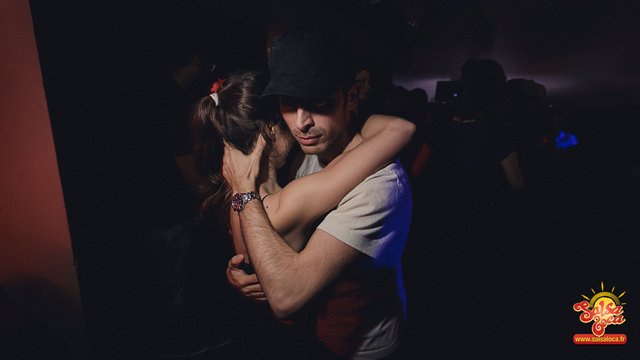
credit photo : siavach
All these studies corroborate the fact that dance reduces stress through attention to movements and music. The very nature of dance helps to combat the withdrawal into self-implied depression. Pent up emotions can be freed. The posture of the body is open, optimistic. Social interaction also contributes to an increase in confidence. Not only does dancing help relieve transient depression, but research shows that it can also have a significant effect on people suffering from real depression.
I like the variety of pictures and the placement of them inside the article, nice touch. Kudos!
I hope it makes you want to start a partner dance :-)